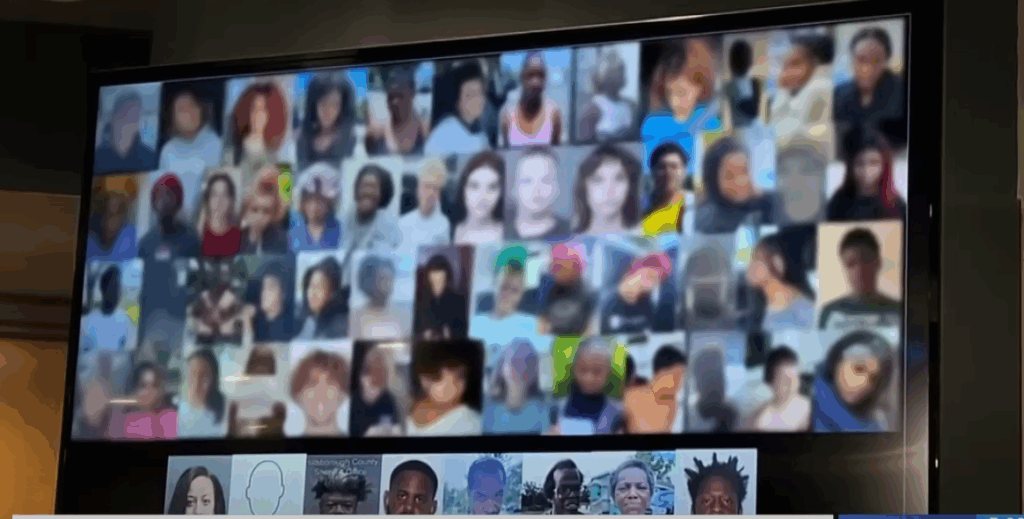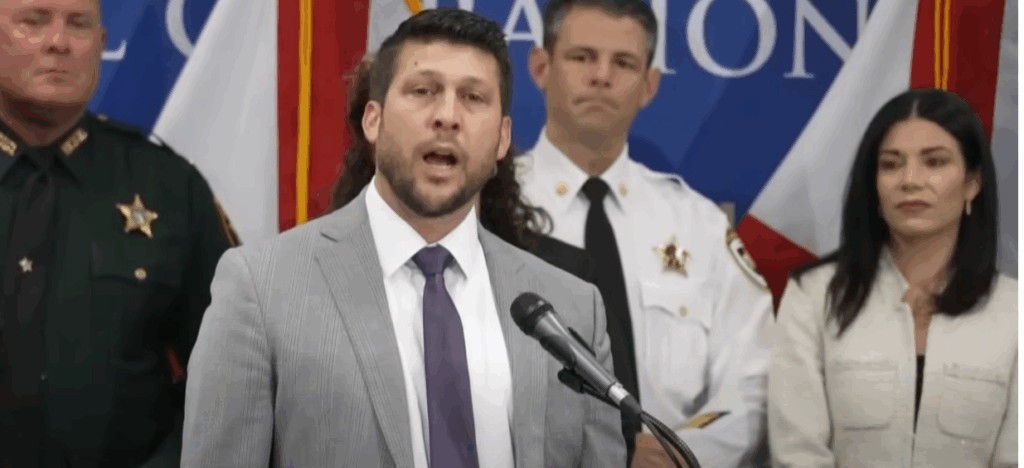In what has been hailed as the largest child recovery operation in U.S. history, Florida officials have announced the rescue of more than 60 missing children during a massive two-week mission called Operation Dragon Eye. The operation was a joint effort involving over 100 personnel from 20 different agencies, including local police departments, federal investigators, social workers, and victim advocates — all working toward one mission: to bring missing children home.
“This is what it’s all about. This is why we do the job,” said one official, visibly emotional as he addressed the media. “These kids have been through painful, disastrous situations. But today, we rescued them — and now we can begin the process of recovery.”
A Two-Week Statewide Effort
Operation Dragon Eye is unlike anything seen before in Florida. Over 14 days, investigators and child protection specialists combed through neighborhoods, interviewed families, traced digital footprints, and conducted surveillance operations based on leads provided by the National Center for Missing and Exploited Children (NCMEC).
Their efforts resulted in the safe recovery of 60 children between the ages of 9 and 17. Many had been reported missing for weeks or even months, while others were victims of human trafficking, living under coercion or fear.
Authorities confirmed that 26 of the children had active missing person reports when they were found — a figure that highlights how urgent and critical these operations are.

Breaking the Cycle of Exploitation
While rescuing the children was the first priority, law enforcement also made eight arrests during the mission. The suspects are now facing charges that range from child endangerment and abuse to human trafficking and exploitation.
“If these offenders are not apprehended, experience tells us they will reconnect with these children,” said one investigator. “They are, in my opinion, leeches — and we must stop them from harming these kids again.”
Authorities say these arrests not only remove immediate threats but also disrupt larger trafficking
Beyond Rescue: A Focus on Healing
Rescuing children is just the first step in a much longer process. Recovery hubs were quickly set up at key locations, including the Children’s Home Network in Tampa, to provide medical care, counseling, food, and shelter for the rescued minors.
Social workers and trauma counselors were brought in to ensure that each child had immediate emotional support and a long-term recovery plan.
“Maybe today is the day that young person decides to make major changes in their life,” said a child welfare advocate. “Maybe today is not that day. But at least today, we know they are safe. And that is the first step toward hope.”
These recovery centers also work with families to rebuild trust, offering therapy sessions and assistance to prevent future disappearances.
Saint Petersburg Leads with 100% Recovery Rate
One of the most striking successes of Operation Dragon Eye came from Saint Petersburg, where police submitted the names of 11 missing children. In a rare and remarkable outcome, all 11 were located during the operation — a 100% success rate.
Local officials say this level of recovery was possible only because of real-time communication between agencies, data sharing, and relentless follow-ups on every lead.

A Message to Traffickers: Florida is Watching
Officials hope the success of Operation Dragon Eye sends a powerful message to criminals: Florida is not a safe place for child predators or traffickers.
“We are committed to finding every child, arresting every offender, and giving victims the resources they need to heal,” said one law enforcement leader.
The operation’s results are already inspiring similar missions in other states, as national organizations look to replicate Florida’s collaborative model.
A Second Chance at Life
For the 60 children who were rescued, Operation Dragon Eye is not just an operation — it is a second chance at life. Each child represents a story of survival, resilience, and now, hope.
Families across the state are celebrating reunions, while officials stress that there is still more work to do to find other missing children.
“The number is not just a statistic,” said one investigator. “It’s a life, a future, a child who now has a chance to dream again.”
This historic mission has proven that with coordination, resources, and determination, lives can be saved, predators can be stopped, and communities can be safer. Florida officials promise that Operation Dragon Eye will not be the last of its kind — and that their work will continue until every missing child is found.


